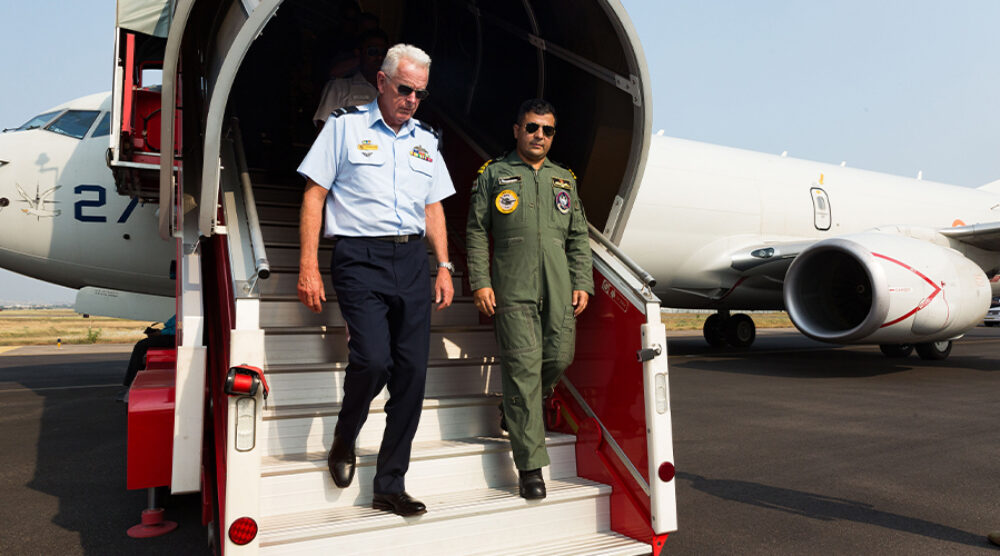For several decades, the relationship between Australia and India seemed limited to Commonwealth, cricket and curry. Today however, geostrategic changes, globalisation and a rush of new technology are pushing the two nations into an ever closer political, economic, diplomatic and military relationship. This shift has not happened slowly, with the last five years seeing an accelerating flurry of activities between the two nations. One of which is the Pitch Black air defence exercise between the Royal Australian Air Force and the Indian Air Force, which involved the deployment of an Indian Navy P-8 maritime patrol aircraft to Darwin.
The Air and Space Power Centre (ASPC) has reinvigorated links with the Centre for Air Power Studies (CAPS) in New Delhi. Recently, the ASPC contributed a chapter to a new CAPS book edited by Air Marshal Anil Chopra: “The Great Game in the Indo-Pacific: A Pivot to India.” Chopra (2022) collated experts to discuss and provide deeply insightful assessments of the Indian’s geostrategic situation. I wrote the ASPC’s chapter where I delve into newly created institutions and organizations, key contemporary issues, strategic culture and increasing defence cooperation (Layton, 2022). Some of the latter might be of interest to the readers of this blog. This blog summarises some of the key points I covered in the chapter.
Please click here to read the full “The India-Australia bond and its impact on the Indo-Pacific” article published at Air and Space Power Centre, written by Griffith Asia Institute Visiting Fellow Dr Peter Layton.








